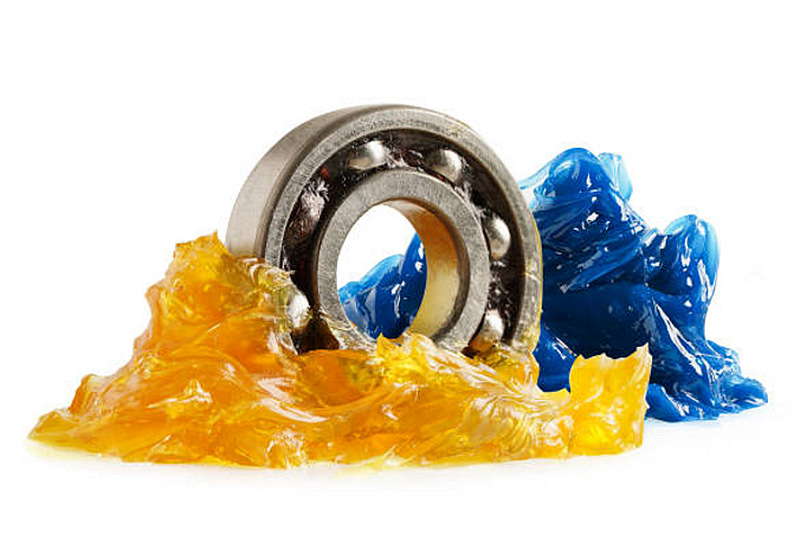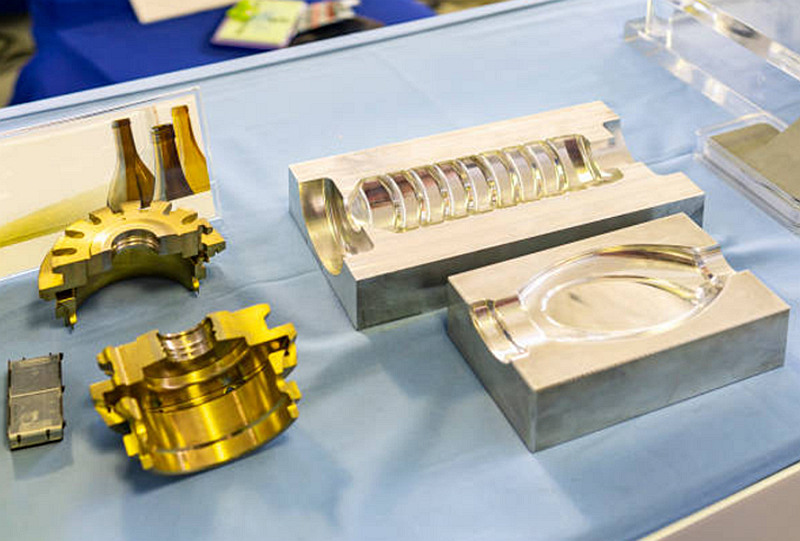About the Die Casting Release Agent (the mold release lubricant)
LK Die Casting Machine / 2024-12-03 15:17:25
The die-casting release agent is a chemical substance used in the metal die-casting process. Its main function is to prevent the adhesion between the casting and the mold and help the casting to be smoothly released from the mold, thereby reducing wear, improving production efficiency, and ensuring product quality.
1) Main Ingredients
The release agent mainly includes wax, silicone oil, polymer, emulsifier, etc.
Wax ingredients can provide good lubrication properties, such as natural wax or synthetic wax. Silicone oil (such as dimethyl silicone oil) has an excellent demolding effect and stability and can form a uniform film on the mold surface. Polymer ingredients can enhance the strength and toughness of the release agent film. Emulsifiers are used to mix the oil phase and water phase components evenly to form a stable emulsion (if it is a water-based release agent).

2) The Die-casting Release Agent Is Used For?
Prevent sticking: During the die-casting process, the metal solution is injected into the mold, and the high-temperature environment easily causes the casting to stick to the mold. The release agent can form a thin film on the mold surface to prevent sticking.
Improve demolding efficiency: The release agent can reduce the difficulty of moving the casting from the mold, and avoid mold damage or casting breakage caused by sticking.
Improve the surface quality of the casting: The release agent can make the casting surface smoother, reduce defects, and improve the surface quality of the finished product.
Extend mold life: Using a release agent can reduce mold wear, extend mold life, and reduce maintenance costs.
Improve production efficiency: Smooth releasing can reduce friction between the casting and the mold, saving production time.

3) Types of Die-casting Release Agents:
Water-based release agent: usually composed of water and some surfactants and additives, environmentally friendly and suitable for various die-casting processes. Commonly used for die-casting of aluminum and zinc alloys.
Oil-based release agent: This release agent is generally composed of grease, wax, and other additives, suitable for high-temperature die-casting, such as copper alloys, magnesium alloys, etc.
Inorganic-based release agent: Based on inorganic components (such as silicates, fluorides, etc.), it has high-temperature resistance.
Organic-based release agent: mostly made of organic chemicals such as fatty acids, petroleum ether, etc., which can provide better lubricity and an anti-sticking effect.
4) Selection of Release Agents:
Selecting a suitable release agent requires consideration of many factors, such as:
Metal materials: Different metal alloys have different requirements for release agents.
Casting shape and size: Complex molds may require different types of release agents.
Environmental and safety requirements: The release agent needs to be selected according to the safety and environmental standards of the production environment, and avoid the use of chemicals that are harmful to the environment.
Mold release effect: Choose a mold release agent that can provide the best mold release performance to avoid casting adhesion.
5) Use of Die-casting Release Agent:
Spraying: Spray the mold release agent evenly on the mold surface to ensure that there is an appropriate amount of mold release agent on the mold surface after each use.
Brushing: For small molds or complex parts, you can apply the mold release agent with a brush.
Soaking: Soak the mold in the mold release agent, which is suitable for molds that require efficient coating.
Regular cleaning and maintenance: The mold release agent may accumulate some residues during use, and the mold needs to be cleaned regularly to ensure the effect of the mold release agent and the service life of the mold.
Precautions
In terms of storage, the mold release agent should be stored in a cool and dry place, avoiding direct sunlight. Different types of mold release agents cannot be mixed, otherwise chemical reactions may occur, affecting the performance of the mold release agent.
Before using the mold release agent, the mold needs to be cleaned to remove oil stains, impurities, and old mold release agent residues on the mold surface. Because these impurities will affect the adhesion effect and performance of the new mold release agent.
At the same time, the quality of the release agent should be checked regularly, such as whether the emulsion has stratification, precipitation, etc. If there is a problem, it should be replaced in time.
In summary, the die-casting release agent is a very important auxiliary material in the die-casting process. Its selection and use directly affect the casting quality, production efficiency, and mold life.
If you have more specific requirements, please feel free to contact us by clicking the "Inquiry" button or sending us an e-mail.
OTHER CONTENT
-

2024-09-19 14:16:15 LK Cold Chamber Die Casting Machine DCC900 Locking Force: 9000KN Die Height: 400-1000mm Space Between Tie Bars: 930x930mm Shot Weight: 13.5Kg Casting Area Max:2250c㎡
More -

2024-09-19 14:11:06 LK Cold Chamber Die Casting Machine DCC280 Locking Force: 2800KN Die Height: 250-650mm Space Between Tie Bars: 560x560mm Shot Weight: 2.9Kg Casting Area Max:700c㎡
More -

2024-09-19 10:23:07 LK Cold Chamber Die Casting Machine DCC580 Locking Force: 5000KN Die Heigh: 350-850mm Space Between Tie Bars: 760x760mm Shot Weight: 6.9Kg Casting Area Max:1250c㎡
More -

2024-09-19 10:11:20 LK Cold Chamber Die Casting Machine DCC400 Locking Force: 4000KN Die Height: 300-700mm Space Between Tie Bars: 669x669mm Shot Weight: 4.7Kg Casting Area Max:1000c㎡
More

